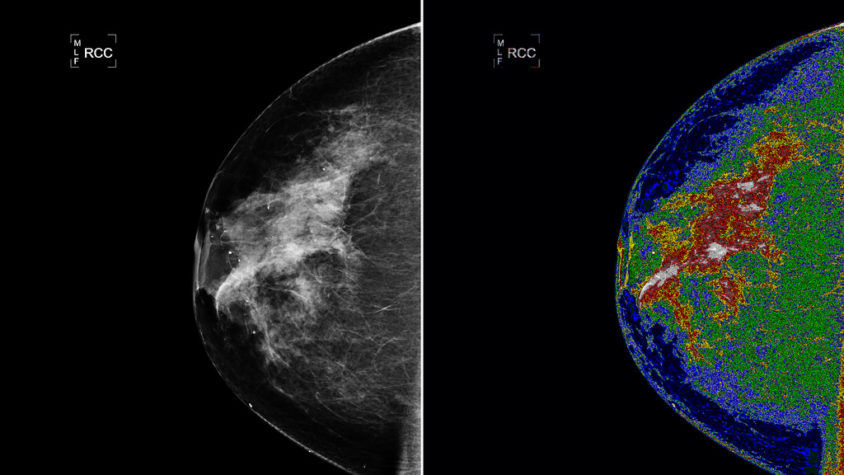By Shahneel Ahmed A mammogram is an x-ray picture of the breast. There are screening mammograms, and diagnostic mammograms. Screening mammograms are used to check for breast cancer in women who have no signs or symptoms. These mammograms can detect tumors in the breast that cannot be felt. Diagnosti...
By Shahneel Ahmed
A mammogram is an x-ray picture of the breast. There are screening mammograms, and diagnostic mammograms. Screening mammograms are used to check for breast cancer in women who have no signs or symptoms. These mammograms can detect tumors in the breast that cannot be felt. Diagnostic mammograms are used to check for breast cancer after a lump and/or other symptoms have been found. These mammograms are also used to evaluate changes found during a screening mammogram and/or when a screening mammogram is unable to give a clear image.
Some signs of breast cancer include lump(s), breast pain, thickening of the skin of the breast, nipple discharge, and/or change in breast size or shape. The same machines are used to perform both screening and diagnostic mammograms. However, diagnostic mammograms take longer and use a higher dose of radiation. Screening mammograms are the key to the early detection of breast cancer. Early detection leads to the beginning of treatment early in the course of the disease. Women 40 and older are recommended to have screening mammograms every 1 to 2 years. Women younger than 40 who have risk factors for breast cancer, such as family history, should ask their healthcare provider whether mammograms are recommended.
A screening mammogram involves undressing from the waist up. The technologist will position your breasts on the plate of the machine. Obtaining a high-quality picture requires the flattening of the breasts. The upper plate of the machine is lowered to compress the breast. This compression only lasts for a few seconds. The entire mammogram takes approximately 20 minutes.
According to The American College of Radiology, mammography has helped reduce breast cancer mortality in the United States by 40% since 1990. Annual screening mammograms can detect cancer early, when it is most treatable. In addition, mammograms may show changes in the breast up to two years before a patient or healthcare provider can feel them. Thus, mammograms are an essential part in taking care of yourself and your body.

